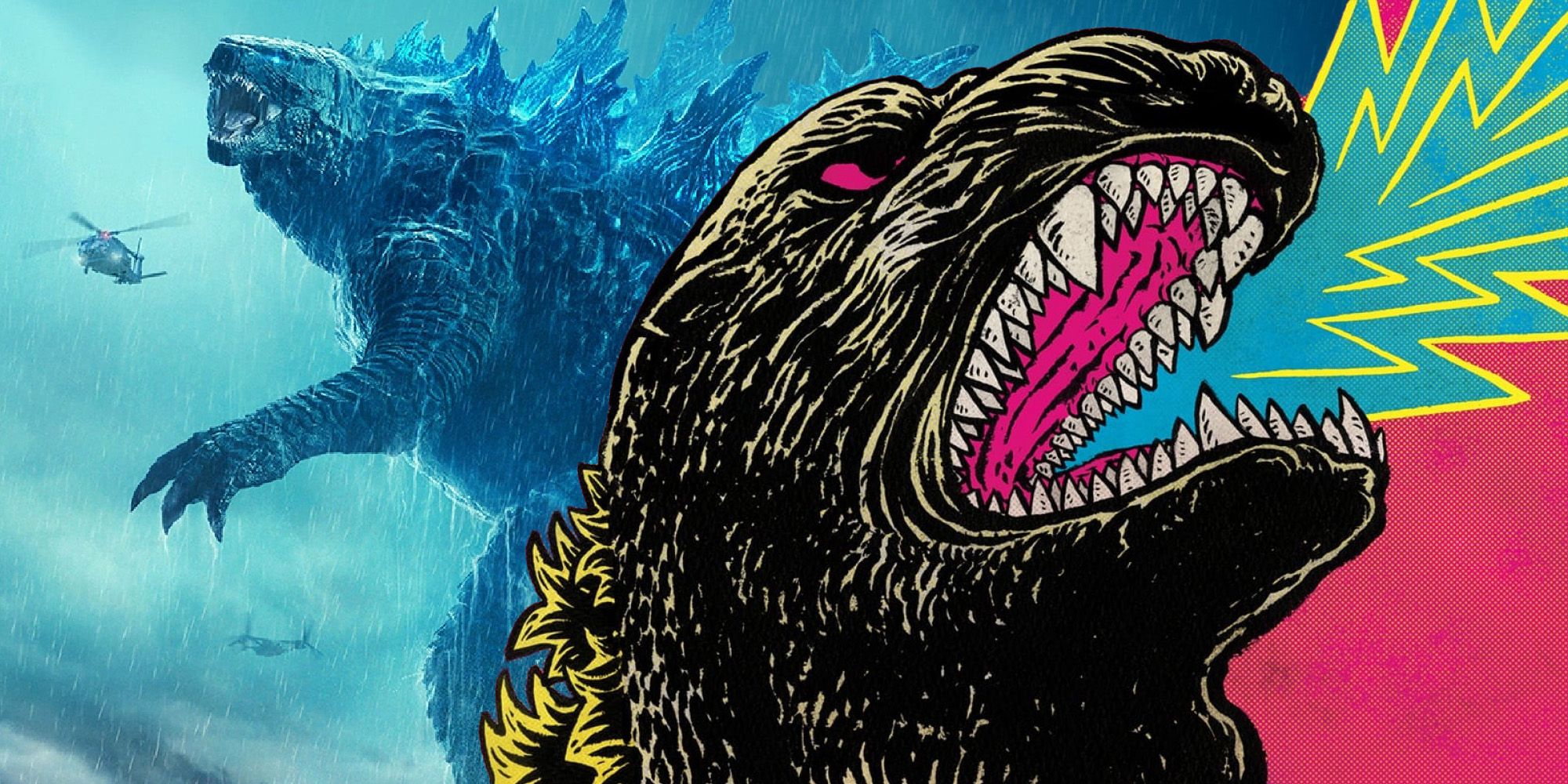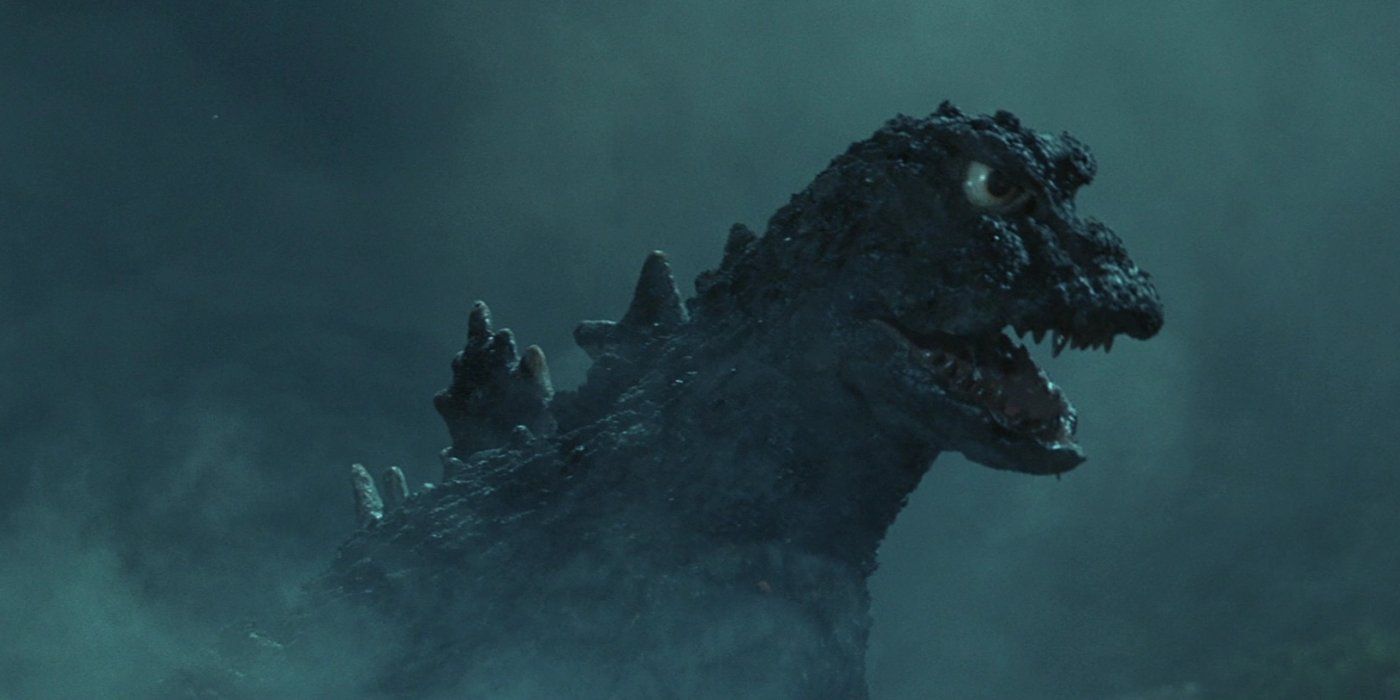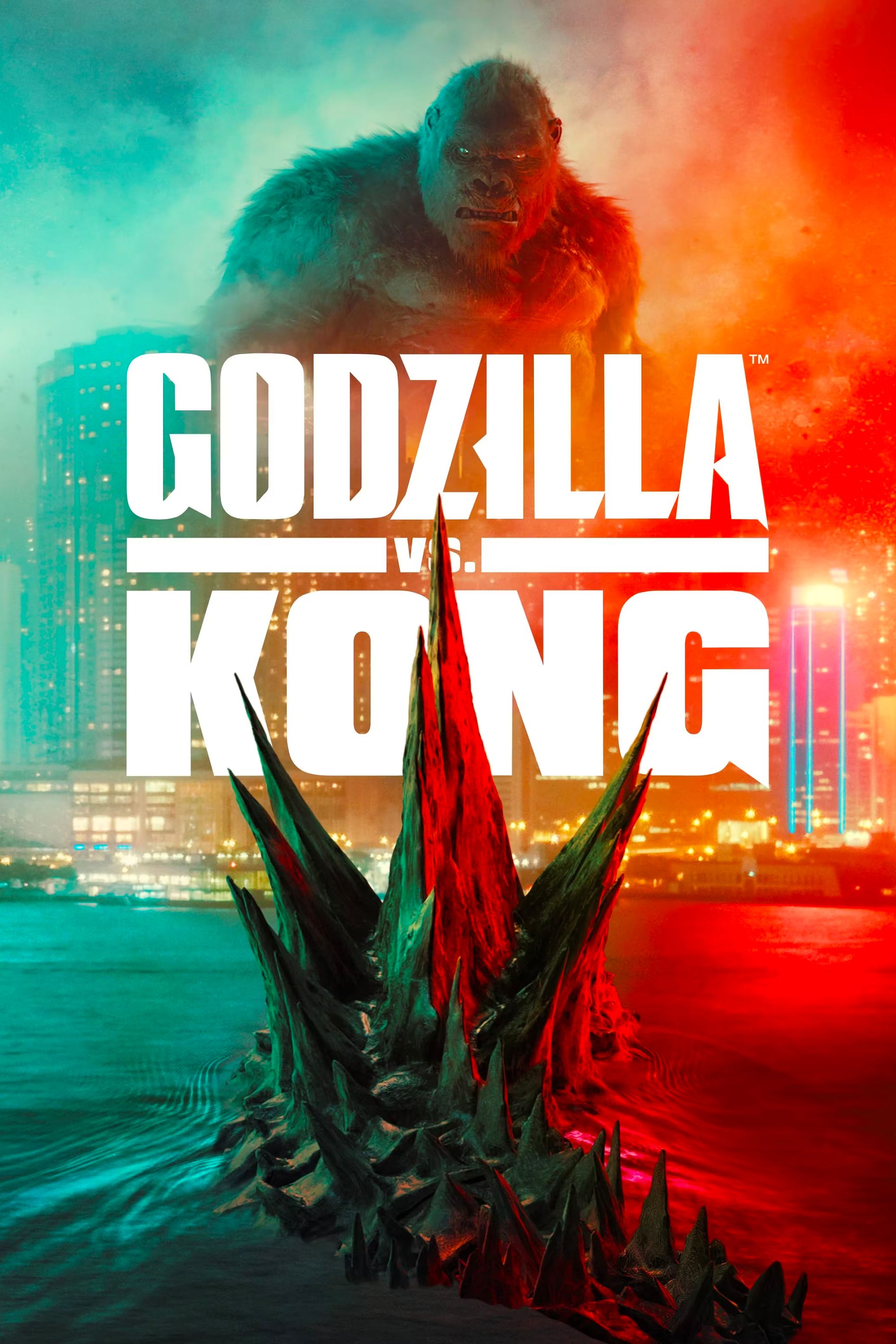The MonsterVerse’s Godzilla is a perfect homage to the Showa series of Godzilla movies, especially the films that were made in the 1960s and the 1970s. Toho’s Godzilla franchise is broken up into three different eras: the Showa series (1954-1975), the Heisei series (1984-1995), and the Millennium series (2000-2004).
The Showa series technically began with the first Godzilla movie in 1954, but the titular monster was killed off at the end of the movie. The version of Godzilla that carries the Showa series from 1955 to 1975 is a second member of his species that was mutated by the atom bomb. This monster first appeared in the direct sequel, Godzilla Raids Again. Through his next several movies, he made allies like Rodan and Anguirus, and battled villainous threats such as King Ghidorah, Gigan, Hedorah, and Mechagodzilla. The final installment in the Showa series saw the King of the Monsters take on his robotic counterpart and Titanosaurus in 1975’s Terror of Mechagodzilla.
Thus far, the MonsterVerse seems to be more strongly influenced by this version of Godzilla and the stories that Toho delivered for him in the 1960s and 1970s than it does the 1954 original. Of course, Godzilla: King of the Monsters creates some interesting parallels to Godzilla's 1954 origin story, but the monster himself doesn’t really have that much in common with the original Godzilla, his purpose, his personality, or how he was used in the movie. That Godzilla, a monster created by the mistakes of humanity, was a force of destruction who had to be stopped by the Japanese military and their scientists. Paying homage to him is what Toho’s Shin Godzilla tried to do, but this obviously wasn’t Legendary’s mission, because that’s not at all who he is in the MonsterVerse.
It would be better to compare him with the 1954 Godzilla’s successor and the main protagonist of the Showa series. Beginning with Ghidorah, the Three-Headed Monster, Toho started making Godzilla into a heroic figure who defends Japan from other kaiju. These movies were made during a period where Toho wanted Godzilla to be a hero who could appeal to children. They drifted away from that in the 1990s and 2000s to make him more of a ruthless anti-hero who fights both humanity and his fellow kaiju. The MonsterVerse’s Godzilla, on the other hand, has the feel of a more grounded, serious take on the Godzilla from the Showa series. The 2014 Godzilla and Godzilla: King of the Monsters don’t share the Showa series’ kid-friendly tone, but they’re thematically similar. After all, they center on a Godzilla who is actively trying balance nature and take down dangerous monsters, like Ghidorah and the MUTOs.
Godzilla’s image isn’t the only thing that the MonsterVerse is drawing from in regards to the Showa films. There’s also the matter of the other monsters, how they’re being utilized, and which movies the MonsterVerse is trying to honor. For instance, King of the Monsters uses the same supporting cast of kaiju (Ghidorah, Mothra, and Rodan) that appeared in Ghidorah, the Three-Headed Monster. The MonsterVerse will also soon have its own version of the 1962 Showa classic, King Kong vs. Godzilla. Plus, the MonsterVerse is going back to the fun days of monster team-ups (both good and bad), which were quite prominent in the 1960s and 1970s. Later installments may put more emphasis on that element going forward, considering that Godzilla now controls several of the Titans, including Rodan. This means that the MonsterVerse may have purposely set up a Godzilla and Rodan team-up, which is the Showa series’ most iconic monster duo.



